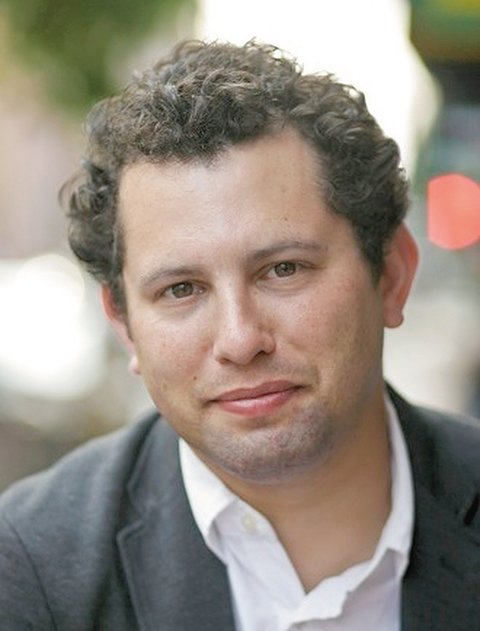
BILL CASTANIER
In 2001, after much hand-wringing, The New York Times began accepting engagement and wedding announcements for gay marriages. The very first one arrived when the paper ran Daniel Andrew Gross and Steven Goldstein’s wedding announcement. Just one year earlier, it had declined to run a similar announcement.
In 2015, the United States Supreme Court’s ruling in Obergefell v. Hodges struck down all state bans on gay marriage. It is a combination of momentous legal decisions like Obergefell v. Hodges and minor cultural actions like those taken by The New York Times that Sasha Issenberg writes about in his treatise of a book, “The Engagement,” a 900-plus page history of the fight for gay marriage in the U.S.
The first domino in the quest for legalizing gay marriage fell in May 1993, when the Hawaii Supreme Court legalized gay marriage statewide in the landmark Baehr v. Miike lawsuit.
Issenberg devotes several chapters in his book to that legal case, which would take years of wrangling before the decision could be enforced — including use of state constitutional amendments that banned gay marriage. Numerous states, including California and Michigan, chose the route to ban gay marriage by using a constitutional amendment voted on by the public.
Although Issenberg is almost encyclopedic in his descriptions of the legal ladders that gay rights groups had to climb, his book has the makings of a legal thriller when he begins to review the behind-the-scenes actions to legalize gay marriage. There are secret strategy sessions on both sides, with massive amounts of money spent both for and against the cause. He estimates that the Church of Jesus Christ of Latter-Day Saints spent at least $20 million to pass California’s Proposal 8, which banned gay marriage statewide in 2008. Michigan’s own ban on same sex marriage passed in 2004 with broad financial support from various denominations. Six Catholic dioceses and the Archdiocese of Detroit spent $1 million in favor of the ban. In total, 31 states passed ballot issues opposing gay marriage.
When the state bans on same sex unions and the 1996 Defense of Marriage Act wound their way through the legal quagmire of the lower courts, a Michigan lawsuit, which started as an adoption case between a same sex couple, emerged as one of the cases that would be argued in front of the U.S. Supreme Court. According to Issenberg, then Michigan Attorney General Bill Schuette, who was considering a run for governor, wanted nothing to do with it, and Michigan was represented by a former solicitor general who had little knowledge of the issue. On the other hand, the gay rights faction had a deep bench when it came to legal expertise.
Issenberg writes about one legal runoff between attorneys to be chosen to argue the case for Michigan. At a meeting in Ann Arbor, gay marriage proponents could not agree on either of the attorneys, so the role fell to Mary Bonauto, who had deep experience in winning gay marriage cases across the country. A number of rights organizations like the American Civil Liberties Union wanted control of the case. It was believed the case would be good for organizing, prestige and fundraising.
In his book, Issenberg makes the case that the conservative religious right may have inadvertently affected the outcome. For the longest time, the religious right had made the case that marriage was a sacred institution for couples. Gay rights advocates agreed, and that is why they were seeking it for themselves.
Another Michigan tie-in is David Sobelsohn, a former staffer for the Judicial Committee in the Michigan House of Representatives who moved to Washington, where he became an important strategist for gay marriage. “Very early on he was prescient. He believed the decision would soon favor gay marriage. Others in the movement thought it was too early to litigate the issue and that it should wait for increased public acceptance of gay marriage,” Issenberg said.
“Sobelsohn was incredibly farsighted in anticipating what conservatives would do, and how the LGBTQ community could galvanize gay rights activists,” Issenberg said.
The author also writes about why many gay rights groups were afraid to sue over the marriage issue. “They were worried about precedents and backlash,” he said.
Another important Michigan connection is the role of the heirs to the Kalamazoo Stryker Corp., who supported OutGiving, a national networking effort of the Gill Foundation to tap the gay community for election spending and lobbying. The Gill Foundation was founded by Tim Gill, creator of the software layout company Quark, which he sold for $500 million in 1999. Estimates of his philanthropic giving to gay issues top $500 million.
“Gay marriage was a perfect quarter-century civil rights issue,” Issenberg said.






